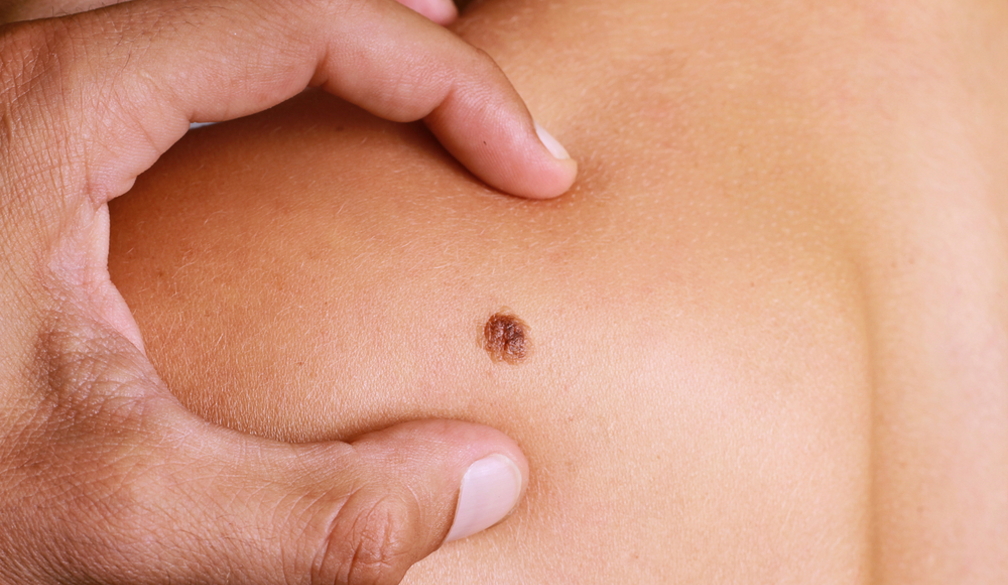Is Laser Tattoo Removal a Safe Procedure?

Laser tattoo removal has become the go-to method for those seeking to erase unwanted ink. However, with any medical procedure, concerns about safety naturally arise. In this article, we will delve into the safety aspects of laser tattoo removal, addressing common questions and providing insights into the measures taken to ensure a safe and effective procedure.
Understanding the Basics of Laser Tattoo Removal
Laser tattoo removal works by delivering concentrated beams of light to the tattooed area, targeting the ink particles and breaking them down into smaller fragments. These fragments are then naturally eliminated by the body's immune system. While the process is generally safe, it's essential to consider factors that might influence the safety of the procedure.
Professional Expertise and Training
The safety of laser tattoo removal heavily depends on the expertise and training of the professionals performing the procedure. Reputable clinics employ trained and certified laser technicians or dermatologists with experience in tattoo removal. Before undergoing laser treatment, ensure that the clinic and its staff have the necessary qualifications and certifications to carry out the procedure safely.
Risk Assessment and Patient Selection
A crucial aspect of ensuring safety in laser tattoo removal is the proper assessment of risks and patient selection. Not all individuals are suitable candidates for the procedure, and factors such as skin type, medical history, and the tattoo itself must be considered. During the initial consultation, a qualified professional will assess these factors to determine if laser tattoo removal is a safe option for the individual.
Advanced Laser Technologies
Advancements in laser technology have significantly contributed to the safety and effectiveness of tattoo removal. The introduction of picosecond lasers, for example, has improved precision and reduced the risk of complications. These advanced lasers allow for targeted treatment, minimizing damage to surrounding skin and decreasing the likelihood of adverse reactions.
Minimizing Side Effects and Complications
While laser tattoo removal is generally safe, some individuals may experience mild side effects. These can include temporary redness, swelling, or blistering in the treated area. Reputable clinics take measures to minimize these side effects by providing detailed pre and post-treatment care instructions. Patients are advised to follow these guidelines to ensure optimal healing and reduce the risk of complications.
Potential Risks and Complications
While rare, there are potential risks and complications associated with laser tattoo removal. These may include scarring, changes in skin pigmentation, or allergic reactions to the ink particles released during the process. It's crucial to discuss these potential risks with the treating professional during the consultation to make an informed decision.
Conclusion
Laser Gold Coast tattoo removal, when performed by qualified professionals using advanced technologies, is generally considered a safe and effective procedure. Patient safety is prioritized through proper risk assessments, adherence to industry guidelines, and the use of advanced laser technologies. To ensure a safe experience, individuals should choose reputable clinics, follow pre and post-treatment care instructions, and discuss any concerns with their treating professionals. With these precautions in place, laser tattoo removal can be a reliable and safe option for those looking to erase their ink regrets.




